The Apostolic Community
Revival
Thrown onto the street in 1796, stripped of their possessions and their status as Religious, Séraphine Hauvarlet and her companions were obliged to work in order to earn their daily bread and be able to continue their community life.
The situation finally calmed down with the coming to power of Napoleon, and the sisters as quickly as they could found themselves once again within their walls, buying back a part of their convent. But they did not return to their monastic life. From 1801 they began to teach the poor and in order to balance the budget, they also accepted pupils that came from wealthy families.
Once again they found themselves back at home, the difference being that now they were teachers and educators, continually seeking to respond to the needs of the moment.
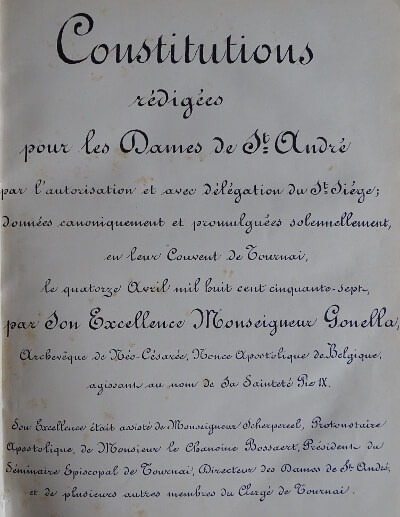
A decisive step
At the time of Séraphine Hauvarlet’s death in 1820, the ‘reborn’ community had still not received official recognition from the Church, and the Bishop of Tournai decided to take the community under his wing and tried to make it into a model boarding-school. The sisters however longed to be more closely identified with Ignatian spirituality. In 1837 eleven sisters, called the “Ladies of Saint Andrew”, took perpetual vows according to a provisional Rule inspired by the spirituality of St. Ignatius. It would however take another twenty years of uncertainties before they could obtain Constitutions directly adapted from those of St. Ignatius.
The promulgation of its new Constitutions on 14th April 1857 meant that the Society of Saint Andrew was now an apostolic congregation of Roman Rite, orientated totally towards mission. It was the fruit of a series of a long crisis and the dawn of a new spring.
Sent into the world
The adoption of the Ignatian Constitutions opened the doors of the Congregation to the world. In a very short space of time Saint Andrew was called to found other communities outside Tournai. Beginning with Flanders in Bruges and then in Antwerp, followed by communities in England, in Jersey and in London, and then again in Belgium, in Charleroi and Brussels …. In 1914, five sisters embarked on a long journey by sea bound for Brazil. Today the seven Brazilian communities make up a third of the Congregation ….. In 1932, five other sisters left Europe for the Congo (RDC) … today the three Congolese communities contribute towards helping in the reconstruction of the country. On both sides of the Atlantic, the sisters opened schools, became catechists, educators, leaders and animators of retreats.

Wartime traumas
In 1940, the Mother-House at Tournai, the birthplace of the XIII century foundation, was attacked by incendiary bombs, and was left as just a pile of ruins. The sisters of the community lost everything, but they themselves were unharmed. They went on to build, just a few kilometres away from Tournai, the buildings at Ramegnies-Chin as they stand today but at the risk of the Congregation becoming bankrupt. It would take both the energy and the foresight of the new Superior General, Claire Legrand, to rescue the Congregation from this double ordeal and to welcome and take on the changes which were emerging both in the Church and in the world.
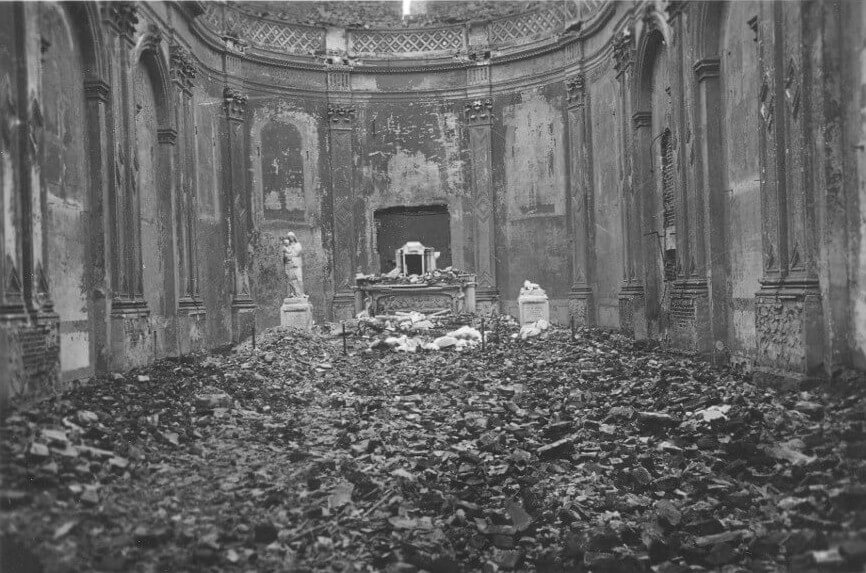
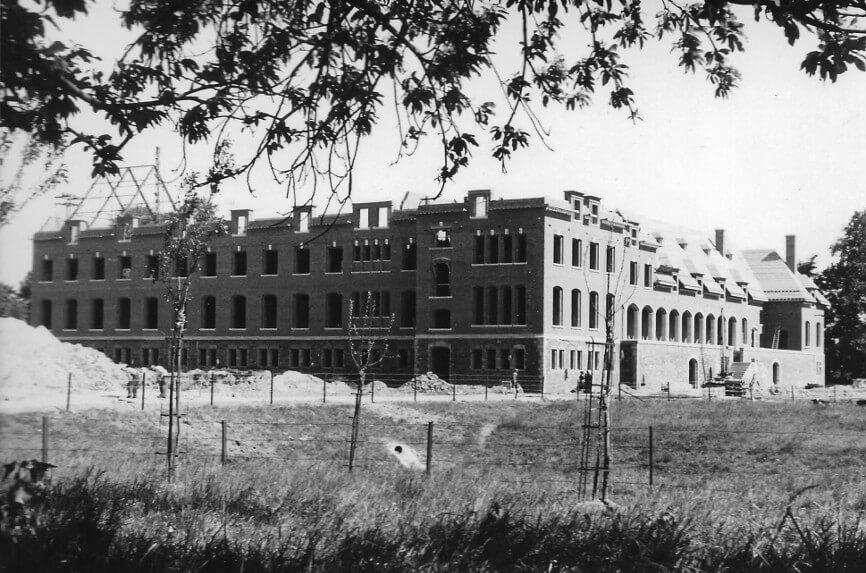
Louvain at the time of the Second Vatican Council
In 1956 the house of formation was opened in Louvain, at the heart of the University City. The city of Louvain, a place of forward thinking, debate and current theological trends, was recognised as a centre providing much animation within intellectual and ecclesiastical circles well before the opening of the Council. It was in Louvain that the sisters were to discover the ecumenical movement and to become involved in the journey of a spiritual ecumenism of prayer and fraternal meeting. The house was open to students, teachers and Church leaders.
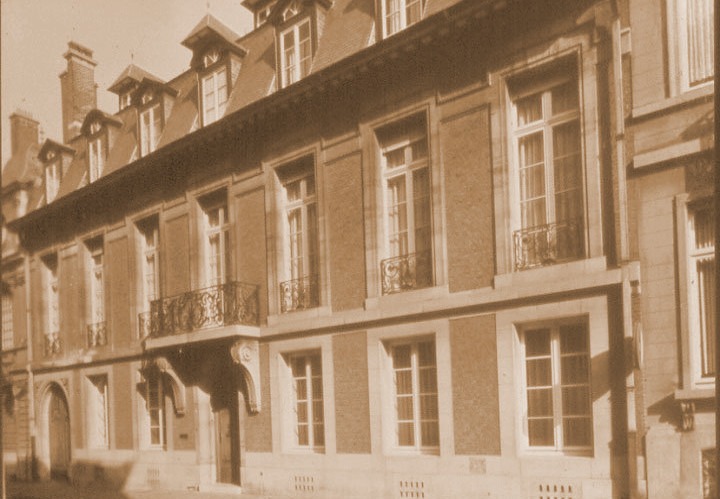
One evening Brother Roger of Taizé was invited to meet the sisters of Saint Andrew for the first time. He asked them to come and help at Taizé for a period of three months. By now it was 1966. Three sisters left Belgium to spend the summer on ‘the hill’ in Burgundy, selling postcards and offering a bowl of rice to the pilgrims that climbed the hill just for the day…
New times, new places...
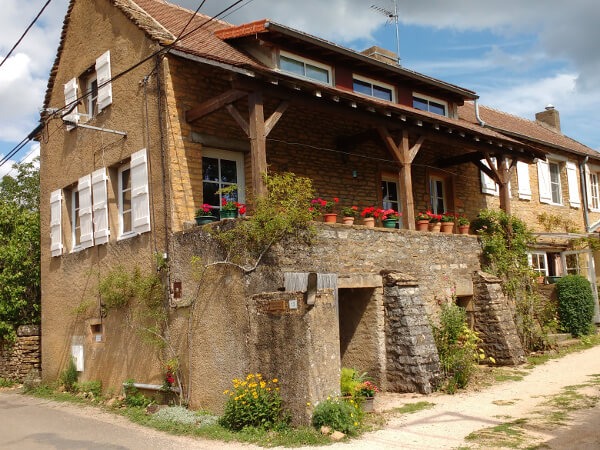
In 1972 the sisters bought a house in the village of Ameugny just one kilometre from Taizé. Marie-Tarcisius Maertens, the novice mistress, came from Belgium to live there with the novitiate and the sisters in formation. In Belgium, the house in Louvain had to be closed because of the linguistic split in the country and its impact on the universities.
Decades have passed, and the Sisters of Saint Andrew have never left the ‘hill’ of Taizé. They have brought years of collaboration with the brothers of the Taizé Community, a ministry of hospitality that has become increasingly vast, and increasingly more international and ecumenical.
The young women who have joined Saint Andrews come from increasingly diverse geographical and ecclesial backgrounds. They bring with them their gifts, their dynamism and their aspirations. With their arrival, Saint Andrew has taken on a resolutely international dimension.
These fruits, already given, lay the path for a future listening to the Spirit and the needs of the world. The communities adapt: new communities come into being and others close. The universality of the mission, one of the main characteristics of the Constitutions of Saint Ignatius, has become more and more a concrete reality for the Congregation, where the fields of mission become more diverse.
The joy of belonging to one and the same Body – whether that be in Bresil, the Democratic Republic of Congo, or South Korea -, dispersed for the mission but united by the bond of love, accompanies us throughout the uncertainties of the journey, so that we may go forward in unfaltering trust.